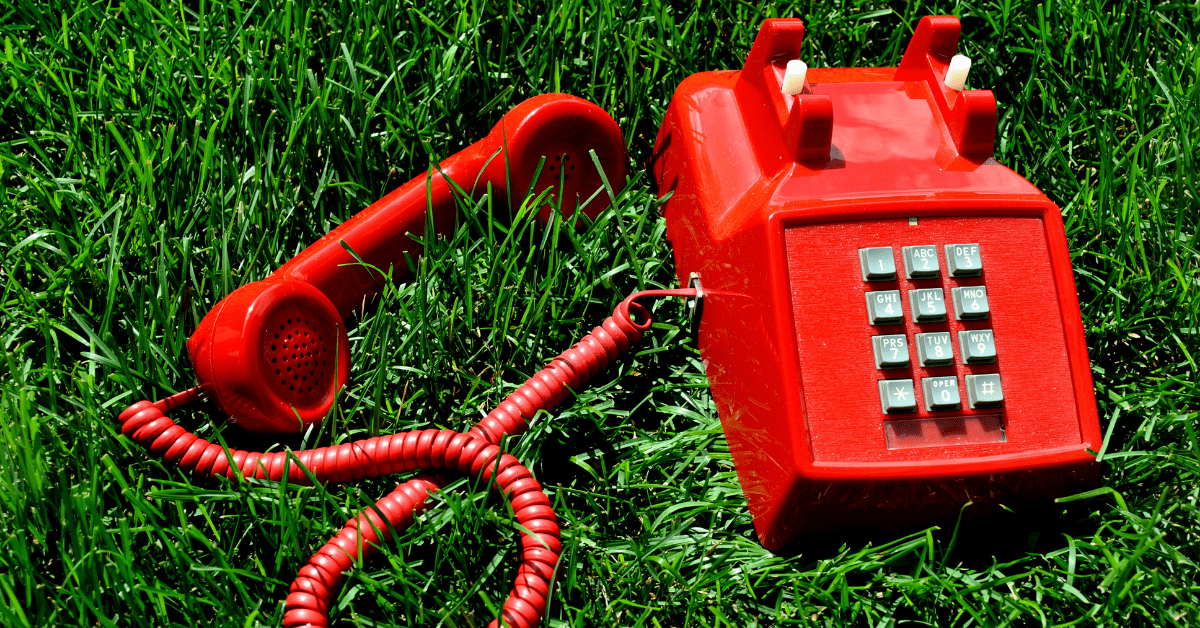
With the official start of spring just around the corner, lawn care crews are ramping up for the season. One way to make sure this season is particularly productive is to cut down on customer call backs.
“Call backs are very costly to a business: the inefficiencies on your time and labor, fuel, wear and tear on your vehicles and equipment, products, and the trust you start to lose each time a customer has to call back in and second guess something becomes very expensive,” says John Guth, LIC, vice president of lawn operations for Green Lawn Fertilizing, based in West Chester, Pennsylvania. “If the customer does not feel as though their call back is important or not done in a timely manner, it could cost the entire account.”
If you calculate what the average application cost is per customer and multiply that by the number of call backs you are redoing, that is an approximate cost of what your call backs are costing your business.
Common Causes
There are many reasons for customer call backs, but some of the most common include:
- A lack of communication.
- The service did not meet the customer’s expectations.
- Following up on a recommendation that was made by a technician.
- Billing issues.
- Confusion around automatic renewal of services.
Preventing Call Backs
Because call backs are expensive, you want to avoid them at all costs. There’s no way to eliminate them completely but you can work so they are less likely to occur.
Guth says it comes down to training, training and more training.
“We do our best to prepare all our team members to be equipped with the proper agronomic and customer service training, we provide them with the tools necessary to be successful and we empower them to own the 5-Star Service they are expected to deliver,” he says.
One solution for lack of communication is to have a CRM that allows for good account management. A good CRM will allow technicians to leave notes on the account and flag codes for if a customer has a dog, locked gate, etc.
By having all team members document any discussion with the customer, you can ensure technician recommendations do not fall through the cracks.
When it comes to meeting customer expectations, it’s important to be clear with them and set realistic expectations at the time of sale.
“Lawn care is a season-long process, you do not apply one application and have a golf course looking lawn,” Guth says.
Green Lawn also formats their training in a way so their technicians retain the information better.
“We do round specific training at the start of each that covers everything that they will encounter during that specific 6-week window vs. taking a couple of days in the beginning of the season, training them on everything for the entire season, and expecting them to retain all the material,” Guth says.
For billing issues, collect payment upfront whether it is a prepay or auto pay. Confusion about automatic service renewals comes back to communicating early and often with the client.
Properly Handling Call Backs
Guth says 99.99 percent of the time a company should respond to a customer’s demand to fix a problem as a business’s reputation is everything. Having stellar online reviews is imperative to growing your business.
“Our philosophy is to ‘Just Say Yes!’ to our customers,” Guth says. “We feel that building long-term relationships are a lot easier if we resolve our customers’ issue, even if the issue wasn’t necessarily due from something that we may or may not have done. Through the process of fixing their issue we also take the opportunity to educate the customer about the issue and how they can avoid it in the future.”
Many times customer calls can be resolved over the phone. Some instances of this is when a customer calls to ask about their lawn being various shades of green as the different varieties of grass green up at different rates, or when they misidentify something as crabgrass.
“Over the summer, when we face periods of high temps and lack of rain, we get many calls from customers that are not able to water their lawns that their lawn is looking like it is dying,” Guth says. “We explain to them that this is actually the lawn protecting itself by going dormant and that their lawn will bounce back once we start to get some rain.”
Guth says providing first call resolution is a key objective to providing 5-star service. Green Lawn’s customer service team will educate the customer on issues that are a misunderstanding such as when blue annual grass goes to seed.
“Customers call in and tell us that they have weeds all over their lawn,” Guth says. “We politely explain to them what they are really seeing and that the next time they mow the lawn most of those seed heads will disappear.”
If there is an issue that needs to be passed on to the operations or sales team, Guth says they work to call the customer the same day and resolve the issue no later than 48 hours from the time they call.

